PERMANENT & SEMI-PERMANENT MAKEUP
Permanent & Semi-Permanent Makeup at Romina Spa & Cosmetic Clinic
Enhance your natural beauty and enjoy the convenience of always looking your best with our Permanent and Semi-Permanent Makeup services at Romina Spa & Cosmetic Clinic. Our experienced technicians use advanced techniques and high-quality pigments to provide you with flawless, long-lasting results. Whether you’re looking to define your eyebrows, add a subtle eyeliner, or perfect your lip contour, our services are designed to save you time and effort while enhancing your features.
Our Services Include
Eyebrows Tattoo
Achieve perfectly shaped and filled eyebrows that enhance your facial symmetry and expression. Whether you prefer a natural look or a more defined style, our technicians will work with you to create the perfect brows.
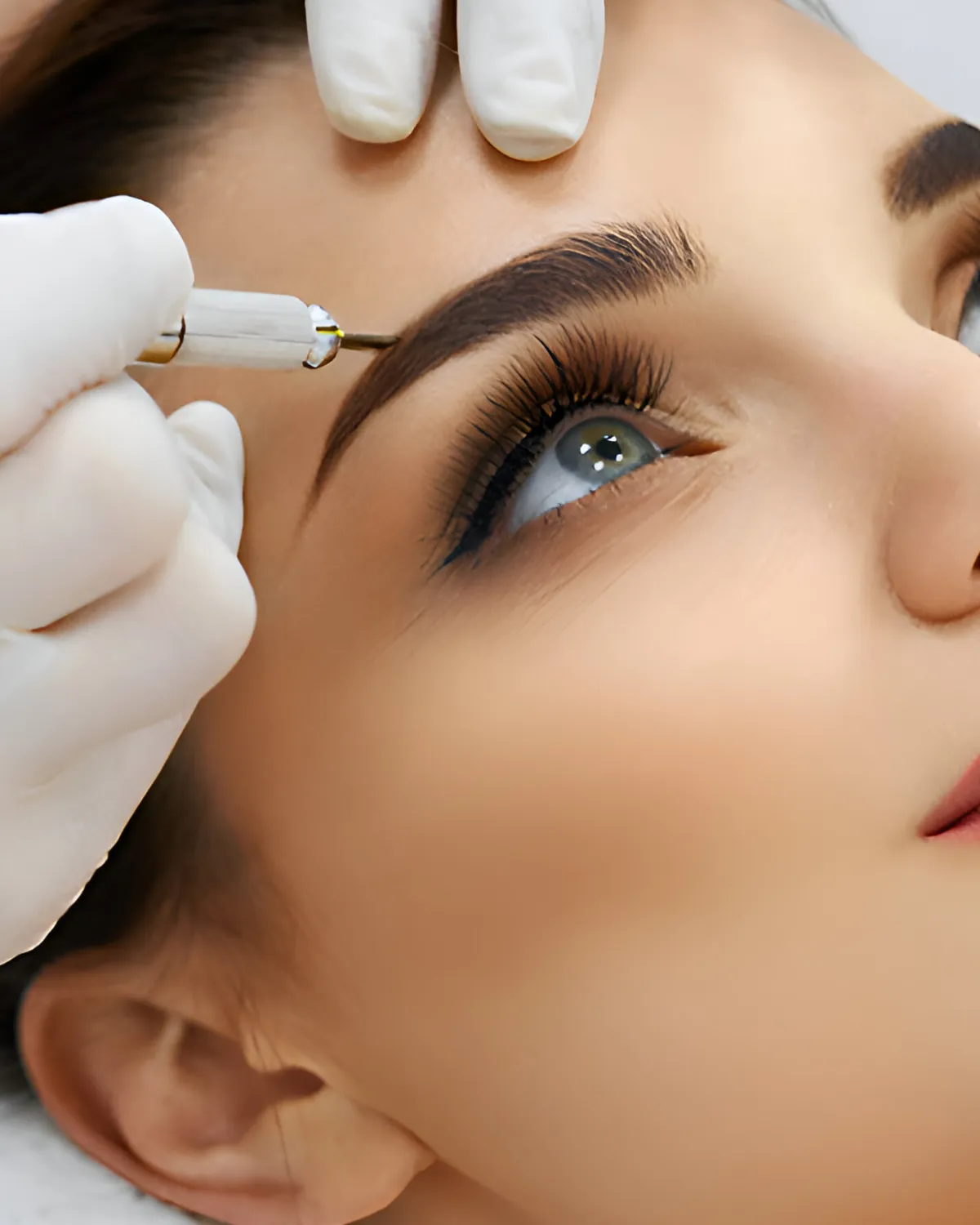
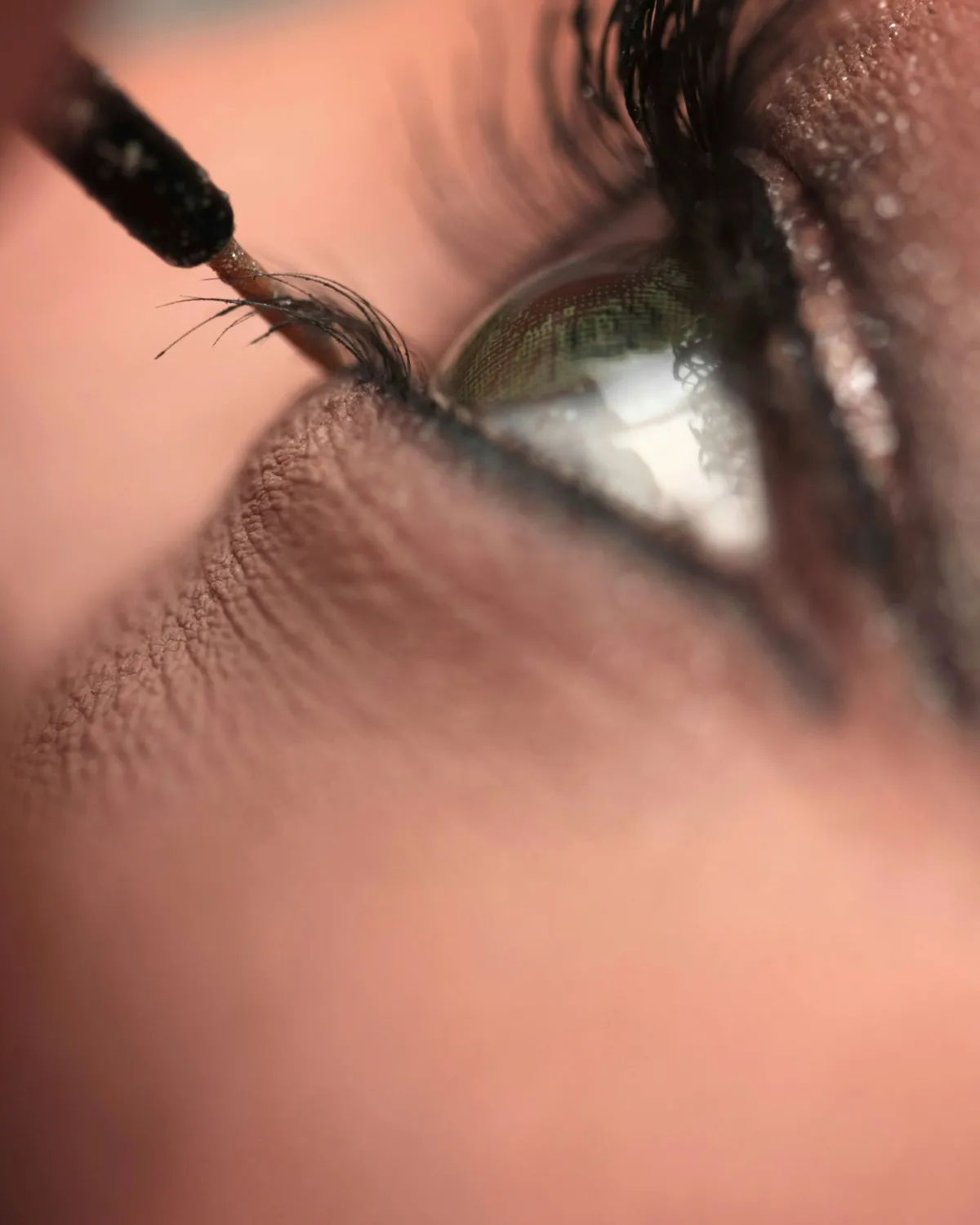
Eyeliner (Phi Contouring Eyeliner)
Define your eyes with precise, smudge-proof eyeliner that lasts. Our Phi Contouring Eyeliner technique ensures a natural or bold look, depending on your preference.
Lipliner (Phi Contouring Lip)
Outline your lips with perfect precision to enhance their shape and definition. Our Phi Contouring Lipliner creates a fuller and more defined lip contour.
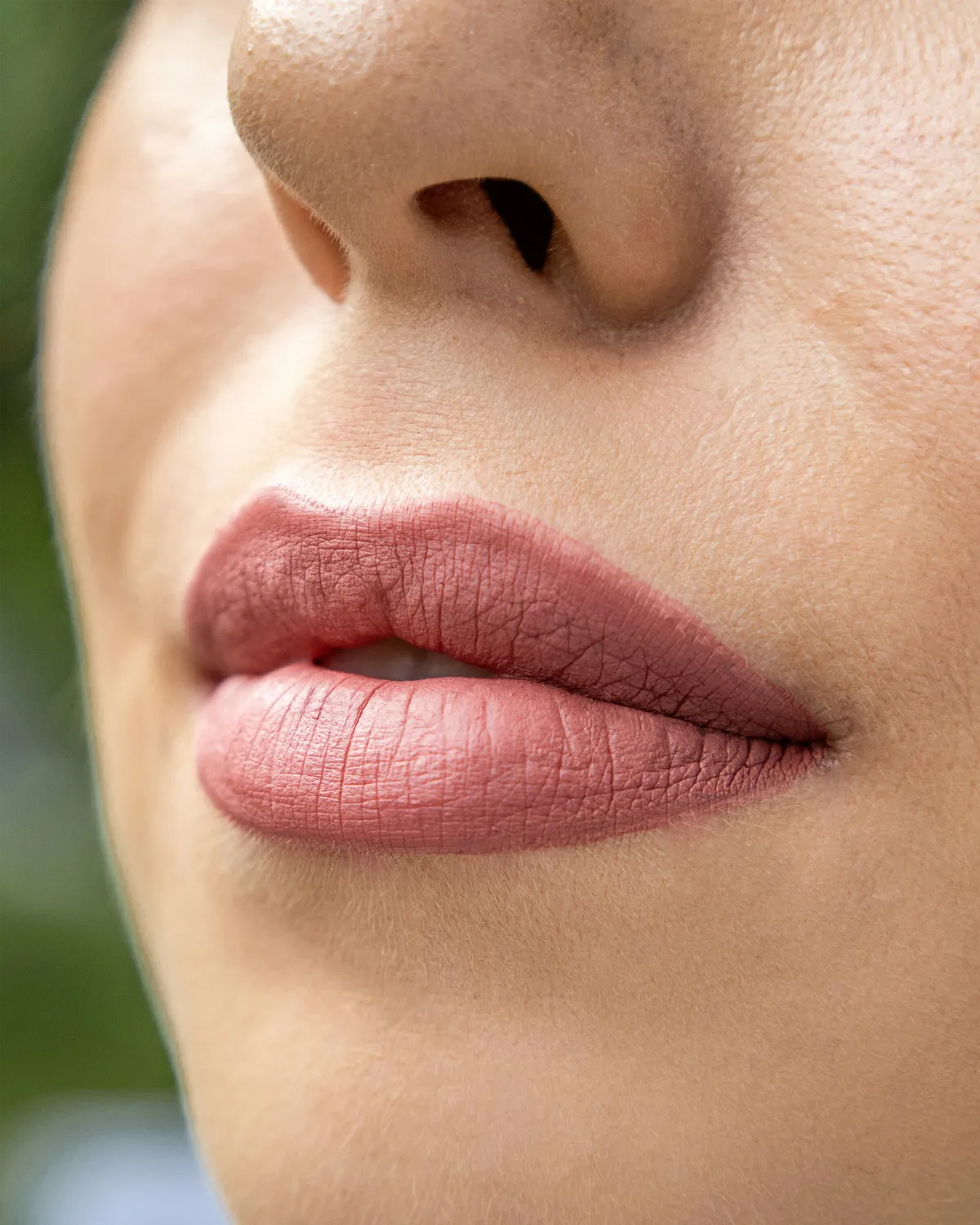

Lip Full Contouring
Achieve fuller-looking lips with our Lip Full Contouring service. This treatment provides a natural, enhanced look that accentuates your lips’ natural beauty.
Microblading (PhiBrows & Perfection Bold Brows)
Create natural-looking, hair-like strokes to fill in sparse or uneven brows. The PhiBrows and Perfection Bold Brows techniques ensure a perfect match to your natural brow color and shape.

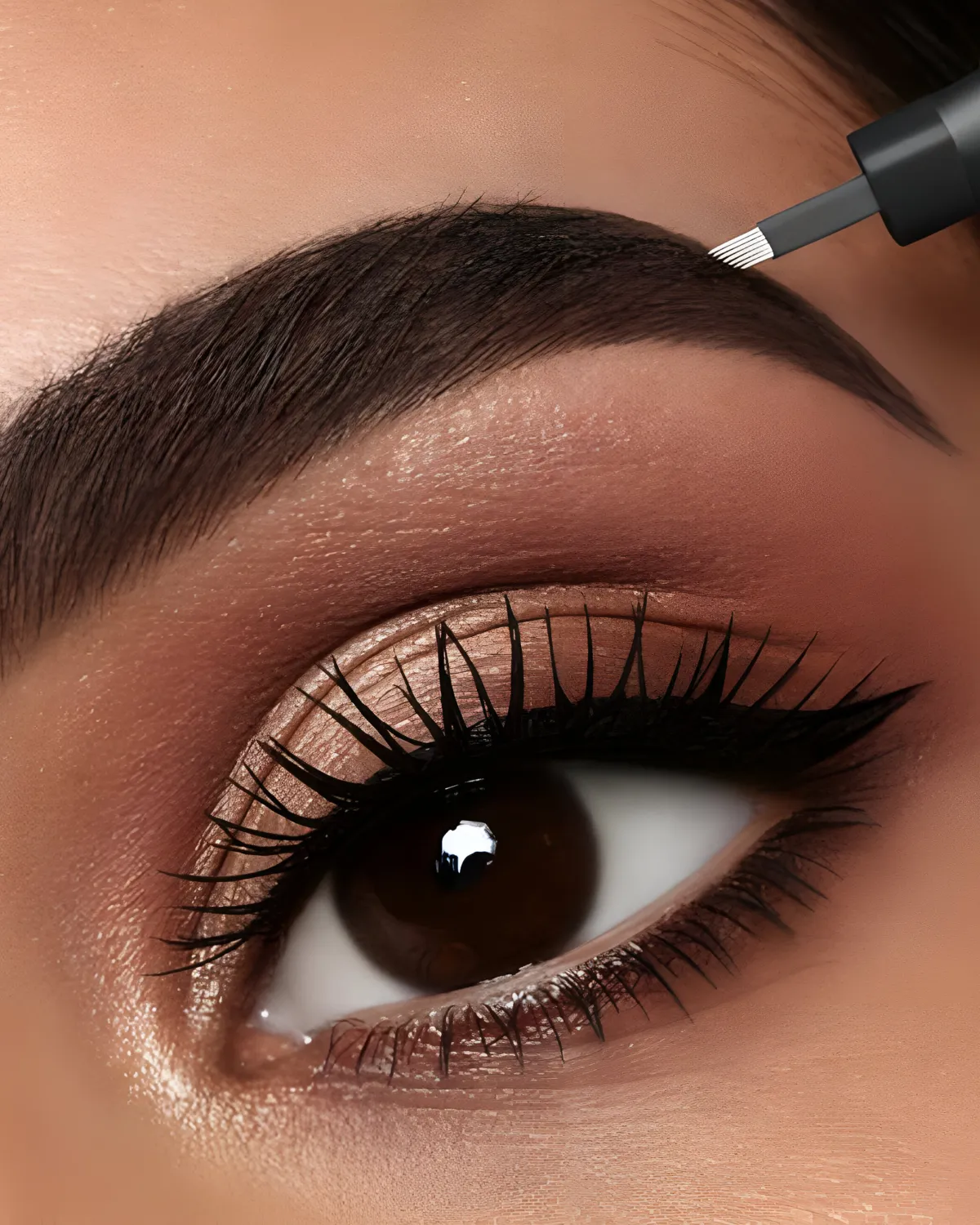
Microblading (Siko Brows)
Siko Brows microblading offers a more defined and structured brow look, ideal for those seeking a bolder appearance with natural-looking results.
Microblading (Phi Powder Brows)
This technique provides a soft, powdered effect that mimics the appearance of filled-in brows with makeup. Perfect for those who desire a fuller, more polished brow look.
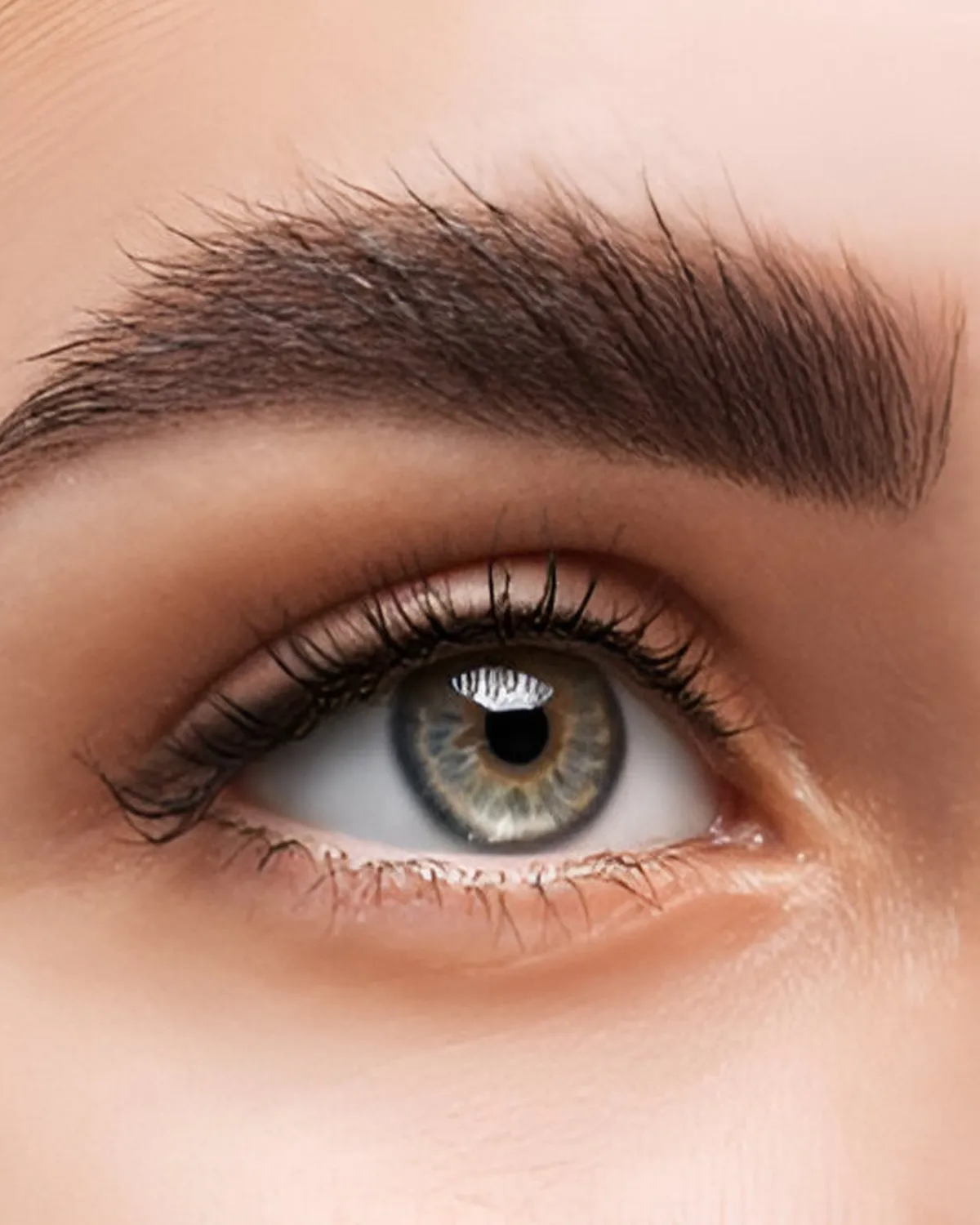
Our Services Include
Eyebrows Tattoo
Achieve perfectly shaped and filled eyebrows that enhance your facial symmetry and expression. Whether you prefer a natural look or a more defined style, our technicians will work with you to create the perfect brows.

Eyeliner (Phi Contouring Eyeliner)
Define your eyes with precise, smudge-proof eyeliner that lasts. Our Phi Contouring Eyeliner technique ensures a natural or bold look, depending on your preference.

Lipliner (Phi Contouring Lip)
Outline your lips with perfect precision to enhance their shape and definition. Our Phi Contouring Lipliner creates a fuller and more defined lip contour.

Lip Full Contouring
Achieve fuller-looking lips with our Lip Full Contouring service. This treatment provides a natural, enhanced look that accentuates your lips’ natural beauty.

Microblading (PhiBrows & Perfection Bold Brows)
Create natural-looking, hair-like strokes to fill in sparse or uneven brows. The PhiBrows and Perfection Bold Brows techniques ensure a perfect match to your natural brow color and shape.

Microblading (Siko Brows)
Siko Brows microblading offers a more defined and structured brow look, ideal for those seeking a bolder appearance with natural-looking results.

Microblading (Phi Powder Brows)
This technique provides a soft, powdered effect that mimics the appearance of filled-in brows with makeup. Perfect for those who desire a fuller, more polished brow look.

What is the difference between permanent and semi-permanent makeup?
Permanent makeup, also known as micropigmentation, involves implanting pigment into the skin's dermal layer for long-lasting results. Semi-permanent makeup, such as microblading, involves placing pigment closer to the skin's surface, resulting in a shorter duration of several months to a few years.
How long does permanent makeup last?
Permanent makeup can last anywhere from 1 to 3 years, depending on factors such as skin type, lifestyle, and aftercare. Touch-ups may be required to maintain the desired look.
Is the procedure painful?
Discomfort during the procedure is minimal, as a topical anesthetic is applied to numb the area. Most clients report feeling only slight pressure or a light scratching sensation.
What is the recovery time for permanent and semi-permanent makeup?
Initial healing takes about 7-10 days, during which the treated area may appear darker and may flake. Full healing and the final result can be seen after about 4-6 weeks.
How should I prepare for my appointment?
Avoid alcohol, caffeine, and blood-thinning medications 24 hours before your appointment. Do not wax, tweeze, or tint the area to be treated for at least one week prior. If you have a history of cold sores, take antiviral medication to prevent outbreaks.
What should I do for aftercare?
Aftercare instructions typically include keeping the area clean and dry, avoiding direct sunlight, and applying a recommended ointment. Do not pick or scratch the treated area during the healing process.
What is the difference between permanent and semi-permanent makeup?
Permanent makeup, also known as micropigmentation, involves implanting pigment into the skin's dermal layer for long-lasting results. Semi-permanent makeup, such as microblading, involves placing pigment closer to the skin's surface, resulting in a shorter duration of several months to a few years.
How long does permanent makeup last?
Permanent makeup can last anywhere from 1 to 3 years, depending on factors such as skin type, lifestyle, and aftercare. Touch-ups may be required to maintain the desired look.
Is the procedure painful?
Discomfort during the procedure is minimal, as a topical anesthetic is applied to numb the area. Most clients report feeling only slight pressure or a light scratching sensation.
What is the recovery time for permanent and semi-permanent makeup?
Initial healing takes about 7-10 days, during which the treated area may appear darker and may flake. Full healing and the final result can be seen after about 4-6 weeks.
How should I prepare for my appointment?
Avoid alcohol, caffeine, and blood-thinning medications 24 hours before your appointment. Do not wax, tweeze, or tint the area to be treated for at least one week prior. If you have a history of cold sores, take antiviral medication to prevent outbreaks.
What should I do for aftercare?
Aftercare instructions typically include keeping the area clean and dry, avoiding direct sunlight, and applying a recommended ointment. Do not pick or scratch the treated area during the healing process.

